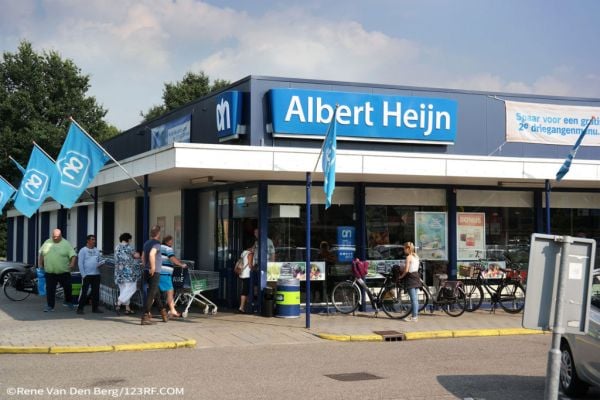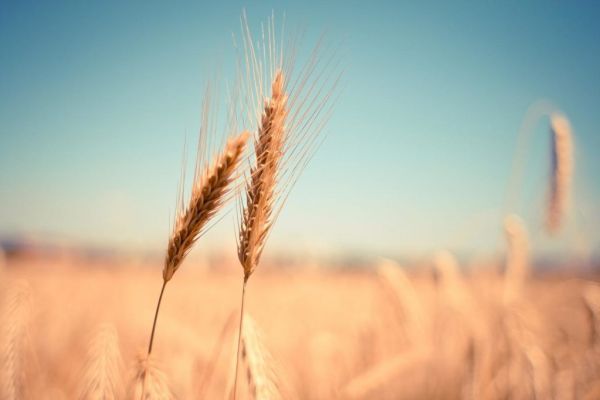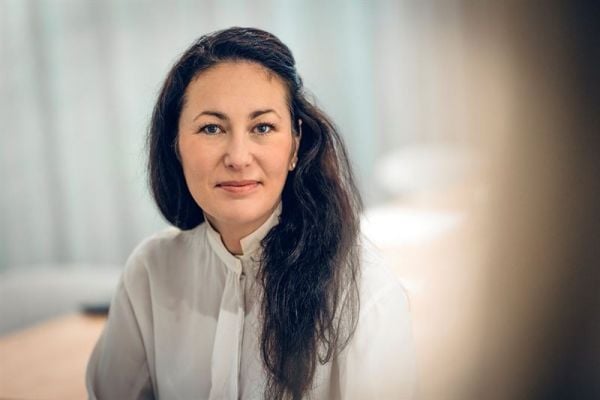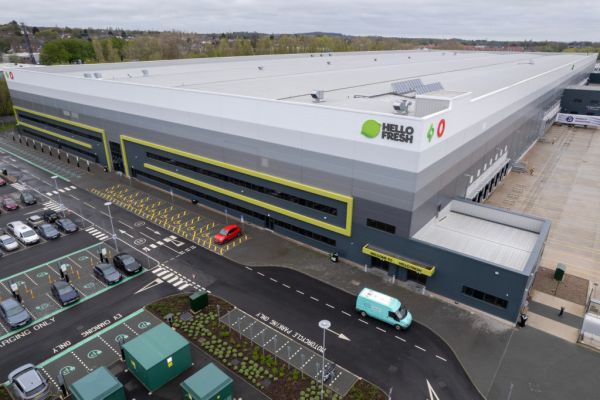Cocoa-growing areas in Ivory Coast, the largest producer of the chocolate ingredient, got more rain last week.
Rainfall averaged 6.4 millimetres (0.25 inch) a day in 15 cocoa-growing areas (1-5 September), up from 5.3 millimetres the previous week, according to CICO Services, an agronomy intelligence agency based in Abidjan, the commercial capital. The average temperature for the 15 areas was 28.4 degrees Celsius (83 Fahrenheit), data showed. During the rainy season, precipitation averaged 13.8 millimetres daily in the same locations from 2 June to 6 June, and 12 millimetres in the week ended 6 July.
“The weather is still cloudy during the most part of the day. It rained a few days ago, and it was a light shower,” Jeannot Dangbeu, who farms nine hectares (22 acres) of cocoa in Mahapleu, in the west of the country, said by phone on 8 September. “This is good weather.”
Ivory Coast cocoa farmers reap a main crop from October to March, while a smaller harvest, called the mid-crop, is produced from April to the end of September.
The West African nation targets 1.8 million metric tonnes in the 12 months ending 30 September 2015, and raised the forecasts for the current season to 1.79 million tonnes, according to a person familiar with the government’s forecast who asked not to be identified because the information isn’t public.
The country’s south-western regions got more rain than other cocoa areas last week, according to the data. The coastal towns of Tabou and Sassandra saw 8.4 millimetres and 8.6 millimetres a day, respectively.
Forest Areas
Ivory Coast’s southern forest areas, where most of the cocoa is grown, entered the short dry season in mid-July. This season, which is characterised by cooler temperatures, typically lasts until mid-September.
“Young cocoa trees already have many pods, while the older trees still need some more rain to keep growing,” Jonas Kadio, who owns a 25-hectare plantation near the eastern town of Abengourou, said by phone.
Bloomberg News, edited by ESM










